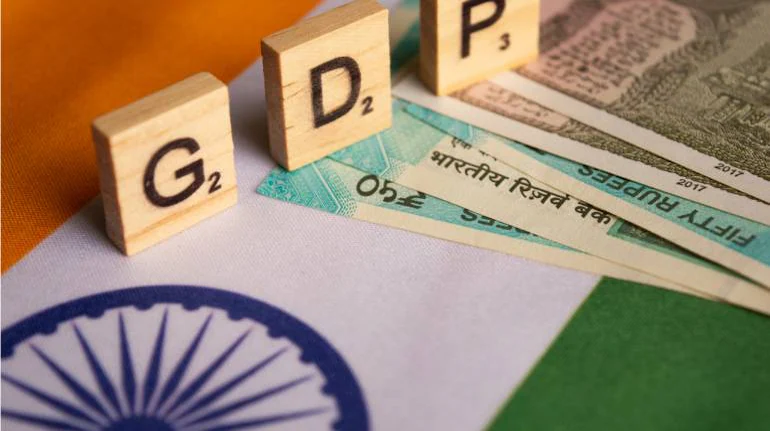GDP is a statistical indicator that defines a country’s economic progress and development. The percentage growth in GDP during a period is considered the standard of economic growth. GDP is the monetary value of all final goods and services produced within a country over a specified period. GDP is measured over market price and there is a base year for computation. The GDP growth rate, an important indicator of economic health, is driven by four components– personal consumption, business investment, government expenditure, and net trade. So when the economy is expanding, the GDP growth rate is positive and If the GDP growth rate turns negative, the country is in a state of regression.
Though the GDP is an important tool of economic measurement in India, there have still been concerns regarding the reliability of the data, which is crucial in any market economy. The article addresses the major challenges and criticisms of GDP estimation in India and suggests a path toward more transparent reforms in the GDP estimation process.
- Background
India is a developing economy with significant developments that have shaped its economic landscape. Tracing its history can help understand the trajectory of GDP estimation in India. The economy started with the Indus Valley civilization, which followed a barter system and had certain trade practices with overseas trade networks. Then gradually monetization came into being with commodity money, where goods like livestock were used as a medium of exchange, followed by metallic coins, and finally paper currency was introduced.
During the colonial period, methods of economic measurement were not inclusive and focused only on assessing the agricultural output and trade data. The colonial government never sincerely attempted to estimate India’s national and per capita income. Some individual attempts to measure such incomes yielded conflicting and inconsistent results. Among the notable estimators—Dadabhai Naoroji, William Digby, Findlay Shirras, V.K.R.V. Rao, and R.C. Desai—it was Rao whose estimates during the colonial period were considered very significant.
Dadabhai Naroji in 1876 made the first attempt to estimate the national income. He made the first crude estimates for the years 1867–68. He estimated the national income by estimating the agricultural production and adding a certain percentage of non-agricultural output. However, the main purpose of the national income statisticians, including Naroji up to 1934, was to point out the stark poverty and the marginal conditions of Indians due to the alien rule. In 1934, V.K.R.V. Rao published “An Essay on India’s National Income, 1925–29,” which is widely regarded as the first authentic academic exercise into the estimation of the national income of India. After realizing the importance of reliable estimates of national income for policy purposes the National Income Committee (NIC) under the chairmanship of PC Mahalanobois and included D.R. Gadgil and V.K.N.V. Rao was appointed. The NIC assisted by the National Income Unit, prepared the estimates of national income every year. This was under the Ministry of Finance, which later became the central statistical organization.
Click Here To Download The Paper


📌Analysis of Bills and Acts
📌 Summary of Reports from Government Agencies
📌 Analysis of Election Manifestos

